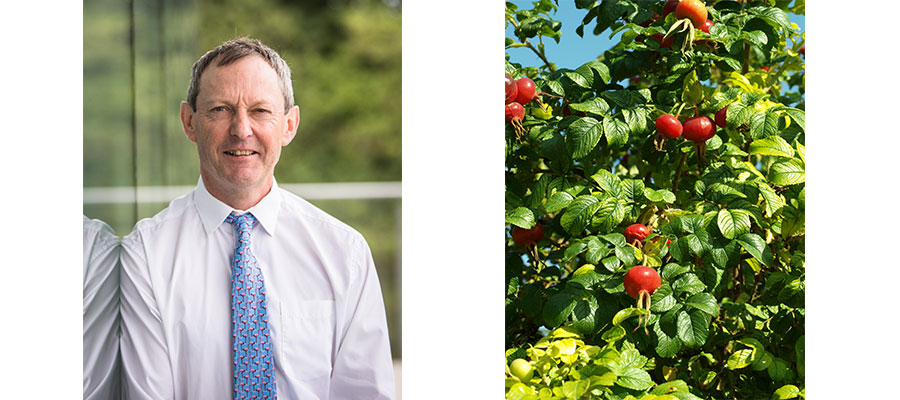Invasive weeds are never far from the news. Plants such as Japanese knotweed need little introduction and should be on the radar of all property professionals. Yet waiting in the wings is a new generation of invasive plants, of which the sector should also be vigilant.
In this article Dr Peter Fitzsimons, of the Property Care Association’s Invasive Weed Control Group, sets out how property professionals in the public sector are well-placed to help nip the problem in the bud.

At last year’s RHS Chelsea Flower Show, the Property Care Association (PCA) organised a display of some of the most common invasive non-native weeds taking hold in gardens across the UK.
The message was picked up internationally. One story from the event was the fact that certain types of bamboo – one of the 14 species of plants we showcased – could be the “Japanese knotweed of the future”.
While the publicity was much welcomed, the bigger picture for us was raising awareness of an important issue – namely that across the UK, gardeners could be unwittingly planting invasive species capable of having a significant environmental and economic impact in the future.
It’s difficult to predict what species that will be, and the timeframes involved. But if we consider that Japanese knotweed was planted in Victorian times, and took nearly a century to develop into the environmental and economic issue it is today, then we can see that what seems innocuous now could develop into a much greater concern in future.
It could be plants such as Japanese rose and Montbretia, both a common sight in gardens across the country which are non-native and ‘escape’ from gardens. Most of the non-native plants on the radar started life as garden ornamentals but have taken off in the wild and are now covered by Schedule 9 of The Wildlife and Countryside Act 1981, which requires them to be managed and controlled to minimise their potential negative impacts on natural ecosystems.
The fact is, we are not sure what the problem plants of the future are – but the knowledge and research we have at hand now can help us to make some informed choices for future generations. Property professionals in local authorities have a key role to play in taking action.
The research perspective
There was a fascinating insight into the issue at the PCA’s Invasive Weed Control Conference, held late last year at the University of Warwick. Dr Johan van Valkenburg, of the Dutch National Plant Protection Organisation, shared a perspective on the pressing issues on the Continent, explaining how non-native invasive weeds that had taken hold in France and Holland are now starting to gain ground in the UK.
Climate change and new introduction pathways – such as species spreading from urban areas along rail and road corridors out into the countryside – were cited as some of the factors causing the spread.
With the impact of invasive plants posing risks to the environment, water industry, transport infrastructure and even public health, it’s important we engage with a range of professions and organisations to encourage people to be vigilant. Putting in place control measures now is vital, before the costs become prohibitive.
The property professionals’ input
The PCA’s message to horticulturists is: “Think before you plant.” Those in charge of gardens across their housing stock, and even in parks and public spaces, can play a key role in adopting this approach.
That can include:
• encouraging tenants to plant carefully
• making informed decisions on the types of plants being introduced into public spaces
• familiarisation and knowledge to help professionals make informed decisions
The PCA has produced a book, Practical Management of Invasive Non-Native Weeds In Britain and Ireland, offering a detailed insight into 38 plant species. The vast majority of the plants featured derive almost exclusively from species listed in the Wildlife and Countryside Act and others of concern to the European Union.
The book on Japanese knotweed and other invasive weeds will provide a useful reference and is available at property-care.org/professionals.
- Log in to post comments















